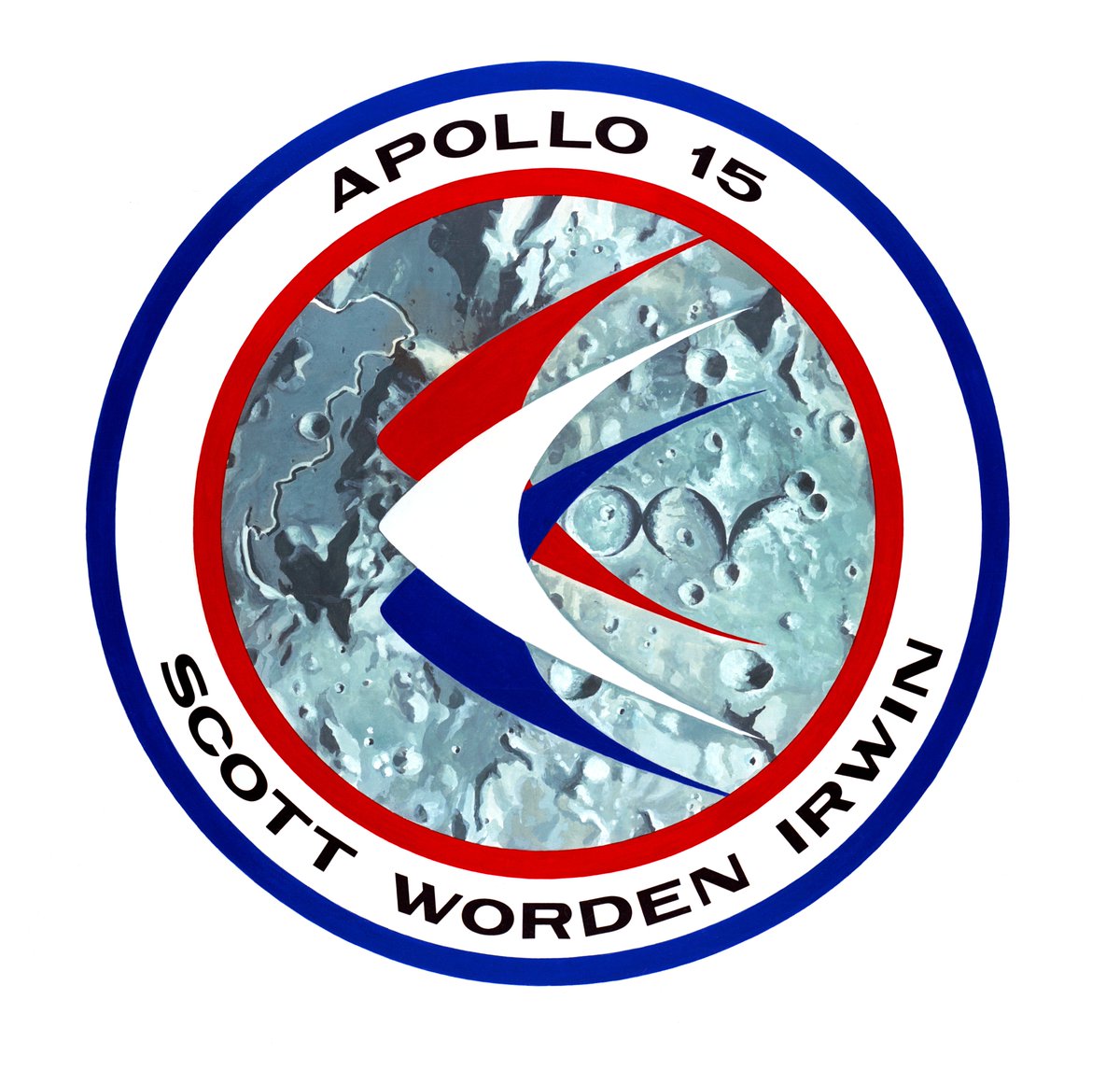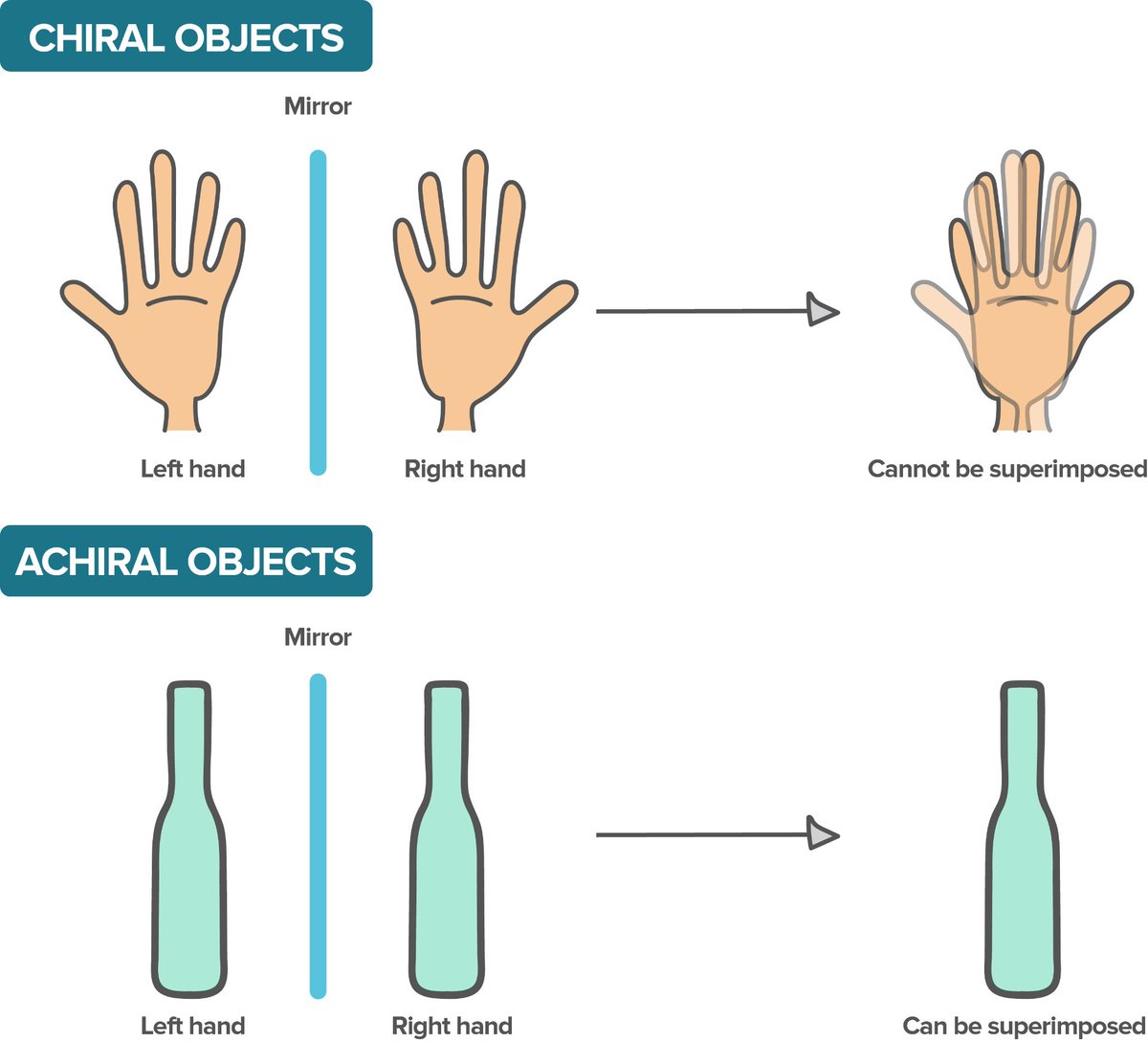So let's imagine we developed the ability to send future astronauts like @astrotoya as far as we want out into the Galaxy to visit #exoplanets. With all these "Earth-like" planets out there, how do we know where to send her?
In the end, if we just know the radius, mass, and position in the habitable zone, there is no difference between #Earth as it is today and #Venus. And you don't want to travel for years to then end up on inhospitable Venus. 

We want #water, #oxygen, #plants, all the things needed to make a good Caipirinha, and to preferably drink it on some alien beach. But for that, we need to first answer the following question: What would #Earth look like as a faraway #exoplanet?
Unfortunately, we can't just send a big space telescope far out into space and look back, distances are simply too large. 

But we can use a nifty trick to use our telescopes here on earth to observe ourselves! By using the moon as a giant mirror and observing the reflection of our atmosphere on the moon's surface. 

This phenomenon is called Earthshine. Many scientists in the past have used it to observe Earth, but one of the most important studies was conducted in 2005 by @ProfSaraSeager and I will tell you all about the findings in the next few days! 

A big thank you to Dr. Raphaëlle Haywood, who first pointed me to this work and largely inspired this thread. #WomeninSTEM
• • •
Missing some Tweet in this thread? You can try to
force a refresh













